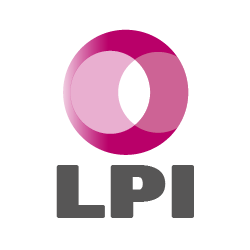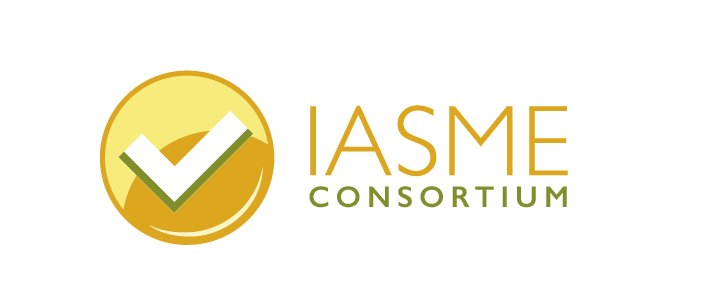The top challenges facing learning leaders on the latest LPI dashboard all have the same nut to crack: How can L&D leverage employee tacit knowledge digitally? After all, we can’t meet ambitions for a united, high-performing hybrid workforce, driven by a strong learning culture, if hard-won experiences are locked up in people’s heads. But, it’s not just about sharing hard facts. It’s about building trust, connection, and organizational context.
What is tacit knowledge and how has it changed?
I remember working on a knowledge management project for the UK water industry nearly 10 years ago alongside UKWIR. The whole supply chain was in a state of wide scale panic as a generation of engineers approached retirement. Buddy schemes, apprenticeships and formal training solved some of the problem but there was also a race against time to digitise tacit knowledge before it disappeared from the workforce entirely. Ultimately, this was a classic take on the apprentice model – a pass of the baton from the experienced engineer and technician to the new kid on the block. Why? To stop knowledge walking out the door.
The phrase ‘stop knowledge walking out the door’ has been used for decades to reflect the loss of organisational intelligence when an individual leaves or an aging workforce retires. However, the problem with it implies a one-off fix, a moment in time. If we suck all of the personal knowledge out of someone during the offboarding process, tag and help other people access it then it’s job done.
Times have changed of course, but the need to leverage tacit knowledge and lived experiences has not gone away. With digital transformation, it’s become magnified and more urgent. Now, it’s less about stopping knowledge walking out of a door and more about helping people discover, codify and share their experiences regularly as part of our working day. It’s part of both the infrastructure and culture that oxygenates us at work.
Sharing tacit knowledge and lived experiences is no longer a single ‘mind meld’ or download event triggered when someone leaves the company. It’s the cultural glue and collective intelligence that is the lifeblood of any organisation.
Leveraging tacit knowledge is more important than ever
As with most challenges we face as learning professionals, leveraging tacit knowledge isn’t new but the context has shifted, accelerated and we need different solutions to tackle it. Intentionally.
Work for many of us has become more digital, hybrid or distributed. We work in different places, spaces and time zones. As a result, we risk losing connection, fracturing company culture, and mourning those informal ‘water cooler’ moments that previously led us to new knowledge or stronger relationships. But, a shift to intentional hybrid working means an even bigger intentional shift to training and knowledge sharing that supports it. For employees to perform at their best, develop new skills and all pull in a unified direction, they need to make constant connections (cognitive and emotional) between what they think, do and feel to the company purpose, KPIs and goals. There’s a lot of variables to juggle.
However, despite the many different communication and collaboration tools and work channels we have, it’s still a struggle to transform individual into tribal knowledge. Why is this? Why is it so hard to do digitally?
Well, a lot of digital transformation is focused on achieving scale, efficiency and enabling project work. It focusses on getting stuff done, the transactional, hard data. But, how can digital impact connection, culture, engagement and the sharing of lived experiences? What’s missing?
What’s underpinned our ability to share and remember through generations?
One thing that is in danger of being lost through digital is storytelling. After all, this is how we’ve been transferring knowledge and uniting around a common purpose for millennia. The value in sharing lived experiences and stories is vast.
Consider the power of taking a storytelling approach to impact several of our top people priorities:
- Take a different perspective or stand in some else’s shoes – essential for DE&I
- Connect at a micro level with people in virtual classrooms or wider across teams
- Build capability rapidly by ‘teaching’ others in a distributed apprenticeship model embedded in the flow of work
- Influence change by showing how people are role modelling target behaviours or values
- Widen your pool of subject matter expertise to spread good practice
Previously a privilege of leadership programmes, storytelling is now a core competency. Many organisations recognise it as such, and progressive people teams are investing in solutions to democratise it. Without storytelling skills and the ability to reflect and codify our work experiences, tacit knowledge is hard to discover let alone leverage so we need these skills explicitly for business value.
Digitizing stories and storytelling help employees deliver business value
When work is omnichannel and decentralized you can’t rely on traditional ‘push’ models, generic learning content or data alone to achieve this. What can you do? One strategy building momentum is employee storytelling. Stories have long had the power to connect us, help us learn, share knowledge, spread good practice, build trust, adapt and change, together. When people are supported with the tools and scaffolding to share their stories and experiences digitally, you’ll see an exponential impact.
About the author – Cheryl Clemons:
Cheryl is a respected industry innovator with over 20 years experience in edtech, corporate learning and digital communications, Cheryl Clemons is CEO and Co-Founder of StoryTagger, the video storytelling platform. Using reflection and storytelling techniques, StoryTagger guides people to reflect and share high value tacit knowledge, experiences and stories for work and education. Cheryl set up the consultancy LearnerLab in 2013 with co-founder Carl Hodler to enable progressive learning cultures. StoryTagger grew out of their work in this field during 2017. With customers like Amazon, London Business School and Roche, Cheryl leads the business strategy and team. She has a Masters in Cultural Theory, is the mother of 16-year old twin boys and lives in Brighton, UK.
Connect with Cheryl via LinkedIn










Leave A Comment